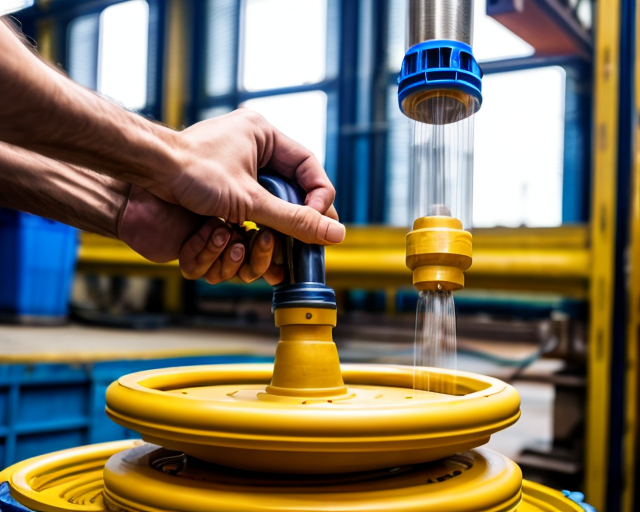In the world of manufacturing, vacuum casting has emerged as a highly efficient and versatile technology for producing high-quality prototypes and small production runs. This article delves into the details of vacuum casting, exploring its characteristics, categories, and the numerous benefits it offers.
Characteristics of Vacuum Casting:
Vacuum casting is a process that involves the use of a vacuum to create a negative pressure environment within a mold. This technique offers several key characteristics that set it apart from other manufacturing processes.
Precision and Detail: Vacuum casting enables the production of intricate and detailed parts with high precision. It can accurately replicate complex geometries and fine features, making it ideal for prototyping and product development.
Material Versatility: Vacuum casting supports a wide range of materials, including various types of polyurethane (PU) resins. This versatility allows for the creation of parts with different mechanical properties, textures, and colors, catering to diverse application requirements.
Cost-Effectiveness: Compared to traditional manufacturing methods, vacuum casting offers a cost-effective solution for low-volume production. It eliminates the need for expensive tooling, reducing upfront costs and enabling faster turnaround times.
Categories of Vacuum Casting:
Vacuum casting can be categorized into two main types based on the mold material used: silicone rubber molds and metal molds.
Silicone Rubber Molds: Silicone rubber molds are commonly used in vacuum casting due to their flexibility and durability. They can reproduce intricate details and offer excellent part release properties. Silicone rubber molds are suitable for prototyping, product testing, and small-scale production.
Metal Molds: Metal molds, typically made of aluminum or steel, are employed for high-volume production or when a large number of parts need to be produced. Metal molds offer superior durability and can withstand higher temperatures and pressures, making them ideal for long-term use.
Benefits of Vacuum Casting:
Rapid Prototyping: Vacuum casting enables the quick and cost-effective production of prototypes with a high level of accuracy and functionality. This accelerates the product development process, allowing for faster iterations and validation of design concepts.
Customization and Iteration: Vacuum casting facilitates design customization and iteration, making it easier to incorporate changes and improvements. With minimal setup time and low-cost tooling, designers and engineers can experiment with different variations and optimize the product design before moving into mass production.
Low-Volume Production: Vacuum casting is an excellent choice for low-volume production runs. It offers a viable solution for producing small quantities of parts with consistent quality and performance. This is particularly beneficial for niche markets, limited-edition products, or initial production batches.
Reduced Time to Market: By utilizing vacuum casting, manufacturers can significantly reduce the time to market. The ability to quickly produce functional prototypes and conduct iterative testing and validation helps streamline the product development cycle, ensuring faster commercialization and competitive advantage.
Conclusion:
Vacuum casting technology has revolutionized the manufacturing industry, providing an efficient and cost-effective method for producing high-quality prototypes and low-volume production runs. Its characteristics, including precision, material versatility, and cost-effectiveness, coupled with the benefits of rapid prototyping, customization, and reduced time to market, make vacuum casting a highly attractive option for various industries. By exploring the information surrounding vacuum casting, manufacturers can unlock its full potential and gain a competitive edge in today’s dynamic market landscape.

